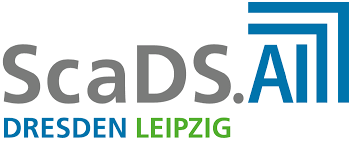Entity resolution plays an important role in data integration. However, most entity resolution methods focus on pairwise linkage and ignore potential errors generated by the transitive closure based on the determined equality links between two or more data sources. The transitive closure of a record forms a cluster where each record represents the same entity. Cluster repair methods aim to determine these errors and correct them. In the first category of methods, the assumption is that the data sources themselves do not contain any duplicates. Consequently, each cluster can contain at most one record from the same data source. However, real-world data often deviates from this assumption due to quality issues. Recent approaches apply clustering methods in combination with link categorization methods or graph clustering algorithms based on a single graph metric so they can be applied to data sources with duplicates. Nevertheless, the quality of the results highly varies depending on the configuration and dataset. In this study, we introduce a novel approach for cluster repair that utilizes graph metrics derived from the underlying similarity graphs. These metrics enable a comprehensive characterization of links and the generation of enhanced classification models. In addition to graph metric-based models, we integrate an active learning mechanism tailored to cluster-specific attributes. Moreover, we integrate large language models as an oracle. The evaluation shows that the graph metric-based method outperforms existing cluster repair methods and is more robust regarding different datasets and configurations.



